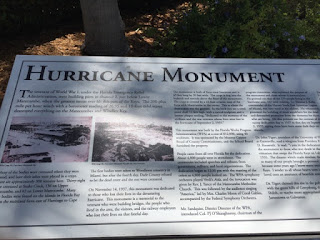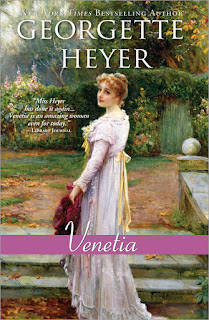You may be surprised to learn that the majority of us go through life disconnected from our heads. Just ask Eckhart Tolle, who wrote the book The Power of Now: A Guide to Spiritual Enlightenment. Not got the time to read another book? Then watch the short TED video on Youtube by Ted Kuntz called Feeding the Negative Wolf. In fact everyone should watch it, particularly authors, as we are the worst culprits. At least I know I am.
The theory is that while our bodies are here in the present … taking out the bins, working at our desks, driving the car, talking to our friends … often our head is elsewhere. Our head is either in the past or in the future, but rarely in the present.
The heads of older people tend to be in the past. They compare and recall better times from their youth when life was safer, people were kinder, the weather was sunnier and there was less crime. However, living in the past is not just the pastime of the elderly. There are those who blame their past for their problems and that can lead to a victim complex which dis-empowers you to such an extent that you cannot find the motivation or have the belief that you can change things now.
Younger people tend to have their head in the future. They can’t wait until they are old enough to drive, have sex, drink, move out and get married. Everything in the future will be better than it is now. The trouble with this (and the previous way of thinking) is it can only lead to dissatisfaction with the here and now. However, it is not only the young who live in the future. Those people that worry about what might happen in the future dwell there too. They worry they may not get that promotion, or that their plane might crash, or that they might miss their train. It is a very stressful and anxious place to be, yet we spend a lot of time there … worrying about the future.
The best place to have your head is with your body ... in the present and connected. Unfortunately, very few people live here. The present is where we appreciate what we have, enjoy the moment and not let the worries of the future or the past spoil our today.
Authors are very bad (or perhaps I should say very good) at being disconnected from our bodies.
Authors who live in the past believe that the publishing world was better before eBooks and before self-published authors diluted the market. They recall how it was better when they were paid larger advances and earned more money from writing. Times have changed and there are more choices and more writers have their work published than ever before, but if you live in the past these benefits will pass you by.
Authors are also notoriously good at having their heads in the future. When they get that contract everything will be amazing. When their book is published as an eBook life will be ideal. However, when one’s head is in the future it is easy to keep changing the goal posts so happiness is always just around the corner. The goal post moves to when they eventually have their novel published as a paperback and audio, then, perhaps, an award ... or maybe even two. Of course sales will rise and life will be so much easier when we achieve that best seller logo. Won't it? Achieve those things and we move the goal posts yet again. Everything will be just perfect when we get that elusive film deal. Only then will we feel content ... maybe. Authors are quick to forget that their very first goal to happiness was completing a novel in the first place.
So whoever you are, whatever you do for a living, whatever your age, we all need to connect with our heads and live in present. We need to learn to appreciate our surroundings, the people in our lives and value the achievements we have gained so far. Life is a journey and the only thing we are guaranteed is that it will end one day. And when you have learnt the skill of living with your head connected so that it becomes second nature to you, let me know how you did it, as I am trying my best to master the skill myself.
Victoria Cornwall
Author of The Thief's Daughter


















